South32
Yuriz Mayolie
Graduate Technology – Control and Automation at South32
Bachelor of Engineering (Honours) at The University of Queensland (UQ)
4.45 AM
First alarm! I close my eyes for an extra 10 minutes before I get out of bed, wash up quickly and put my uniform on. Making sure I don’t forget my lunch, swipe card, laptop, hard hat and jacket.
5.45 AM
I meet up with my carpool at the nearby car park. We’ll catch up about each other’s weekends and sometimes grab warm drinks from the nearest drive-through. Everyone else would get coffee but I always order hot chocolate. On days when I feel tired, it’s great to be able to get an extra 30 minutes of rest in the car when I’m not driving. Our carpool members have changed over time with people’s rosters moving around, but we normally have four people in the carpool so each person would only drive once per week, it’s great.
6.20 AM
We arrive at the refinery! There’s a temperature camera right at the gate to detect signs of fever, this was part of our COVID-19 safe initiative. When the monitor shows a green square, I can now swipe my card and proceed to walk to our main office building.
6.30 AM
I greet my teammates, start up my laptop and go through my daily routine. Every morning I check three things: my emails, process control weekend duty log and shift handover reports.
A process control weekend duty designated person is responsible for troubleshooting any process control issues that occur after hours and recording them in the log. The role rotates amongst the members of our team every week.
The shift handovers summarize all process changes and events that occurred over the last shift and is helpful to find out what kind of job might pop up for the day.
After getting an idea of what my day will look like, I take out my planner and allocate hours to my top tasks for the day.
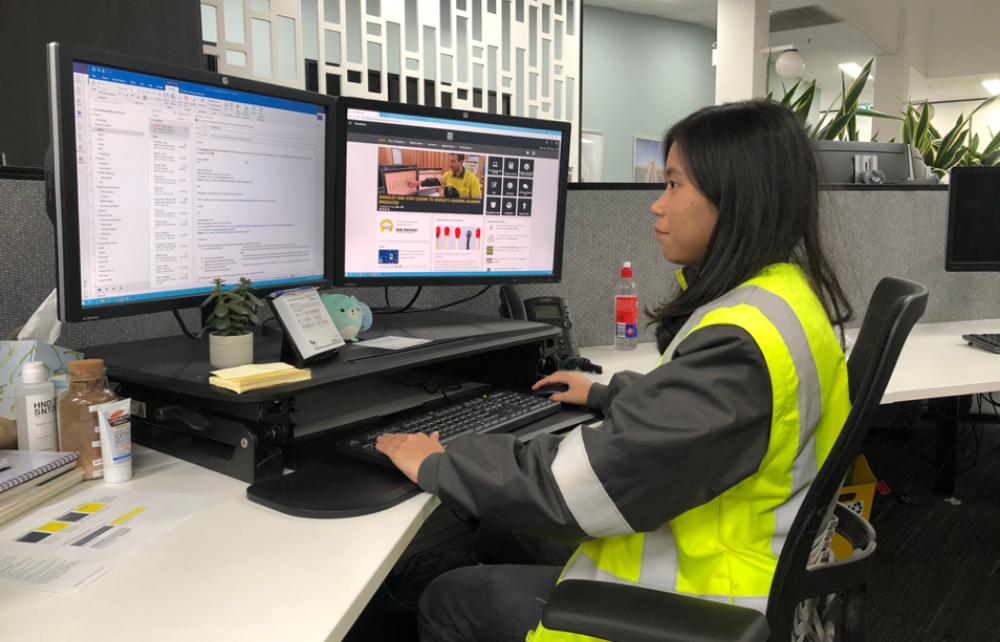
7.30 AM
Technology daily stand-up and also my first meeting of the day. The entire Technology team gathers around the open space and start the meeting with a safety or value share. Our lead is great at calling out all technology work that will be happening throughout the day, any expected service downtime or any known issues that might come up. This is also great time to reach out for help from the team if needed!
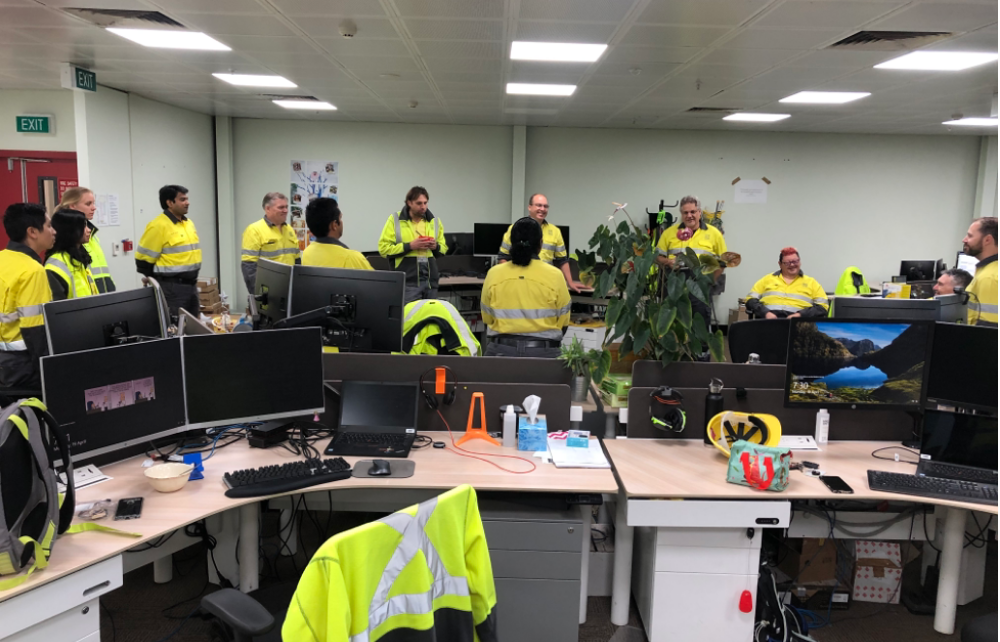
8.00 AM
One of the reliability engineers came over to catch up with me on a flow meter installation project. He told me the electricians have finished installing the cables last week, so we should be able to see a signal. I open a remote desktop session to our process control box and looked up the tag name and source card. The tag doesn’t seem to be reading any value so I told him they must not have been connected yet. Soon after he came back to tell me the cables were wired to the wrong slots and has been fixed, so I took another look. No errors are showing up, so we know the cables are connected but the bad value reading is indicating something else. I recommended him to have a look at the pump to check whether it was running out in the field to help us identify whether the signal is reading the right values or not.
9.00 AM
A shift engineer sent me an email regarding an inference calculation in the MVC (Multi Variable Controller) which has caused a blower to run at its maximum capacity. This calculated value is meant to make up for a temperature probe that is being fixed, however, we saw that the blowers have had to work harder after the change was made. As a temporary fix, the blowers set point have been capped to 75% but it looks like we would need to do some tuning to either the controller or calculation constants.
10.00 AM
My next meeting is with all the process control engineers, where we discuss all weekend duty calls that occurred. What the issue was, what caused it, did it get resolved, how it got resolved, and if there’s any follow up actions that needs to be done. On weeks when the weekend duty received no calls, we celebrate the occasion by sharing cake during the meeting! We then move on to round the room checks for top items of the week and work that will be affecting anyone else.
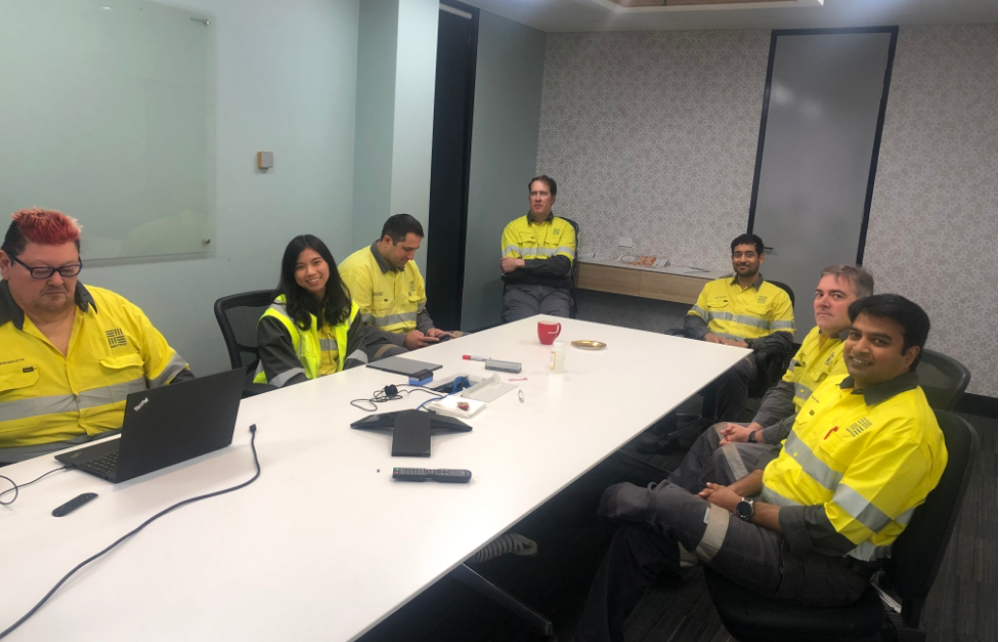
11.00 AM
No breaks today, next is a commissioning readiness meeting with a capital project lead.
One of our tanks is coming offline in a few months and we are planning to commission a bypass line to utilise a different tank and prevent losses arising from maintenance windows. The only checklist to do for pre-commissioning was checking that the control valve signal is wired through with the electrical and instrumentation team, and control action selected (whether it’s direct or reverse) is correct. The electrical engineer has also asked to check whether we have any spare card slots to install the flow control valve if the current slot fails, I wrote this down as an action to do after the meeting.
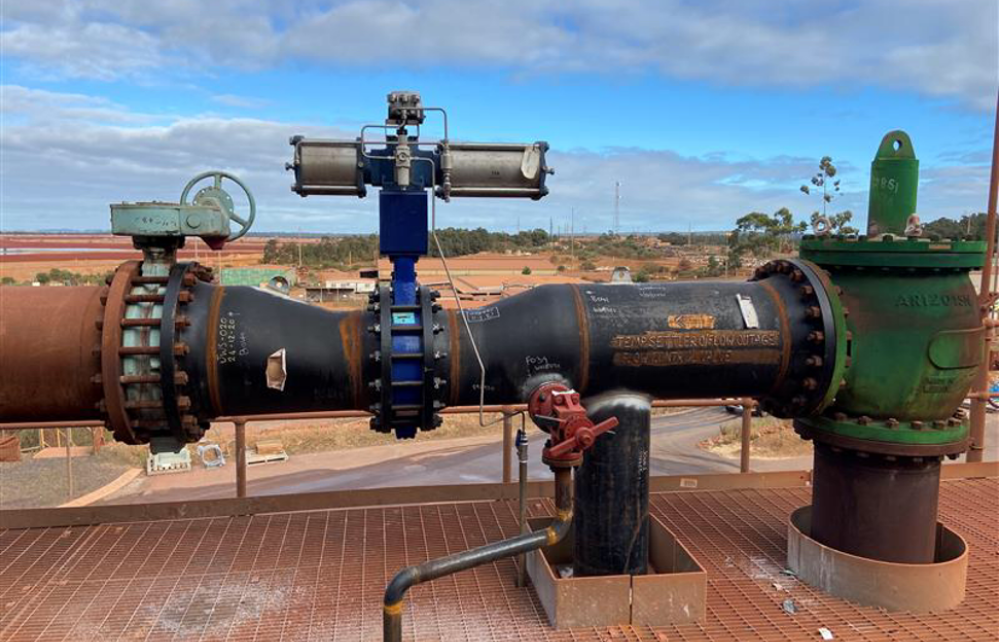
12.00 PM
After a series of back-to-back meetings, lunch is a good time to rest. I make my way down to our crib room and take out my lunch from the fridge. It gets quite busy during lunch hour here, and conversations goes from movies to space launches.
12.30 PM
As I head back to my desk, I’m delighted to see a chat from one of our Data and Visualisation team approving my additions to for the dam pressure display view. We are moving from a third-party service to in-house data and display, introducing not only cost savings but also more reliable and easily accessible data. I went to see her to learn how the change is done and how to do my part to make the display page public. After some quick tunings and adjustments, the dam pages are now live for the whole site to see!
2.00 PM
One thing about process control changes, we get so many of them! This time I’m given a handover from our team member regarding a change in how we operate our calciner wash factors. This change requires the control scheme and calculations to move from looking at an overall wash factor to two calciner groups. There are a lot of calculations that had to change and connections that must be verified. After receiving the handover, I walked to the control room to talk to the operators and note down any concerns they have on their front. After all, the control room operators are one of our main stakeholders! Looks like I’ll be spending the next few hours going through this and noting down the changes we need to make on a change ticket. Change tickets is our way to do change control. After submitting a change ticket, the technical and business stakeholders must approve of the change before we can make any changes to the control systems.
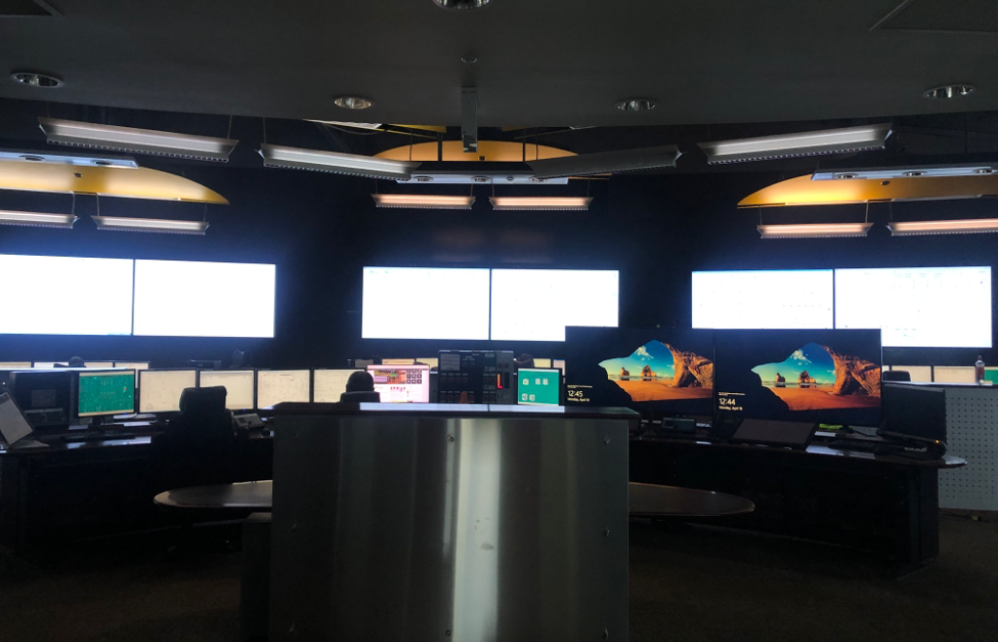
4.00 PM
The day goes by quickly when you’re focused on work! I make my way back to the main gate and meet up with the rest of my carpool members. As we drive home, we talk about things that happens at work. It’s interesting how a day could go so differently for each of us in the carpool.
5.00 PM
I get home. Depending on the weather and my mood, I use this time to fit in a light indoor exercise or a quick game session before I hit the showers.
6.30 PM
I start to prep for dinner and have conversations with my housemates. Today’s choice of TV is a sea life documentary, changing it up slightly from our previous reality show marathon.
9.30 PM
Usually, I’d call it a night at about this time. I can’t say it’s my usual sleeping time, but I do need to get my 8-hour sleep. I snug into my blankets and get ready for the next day!